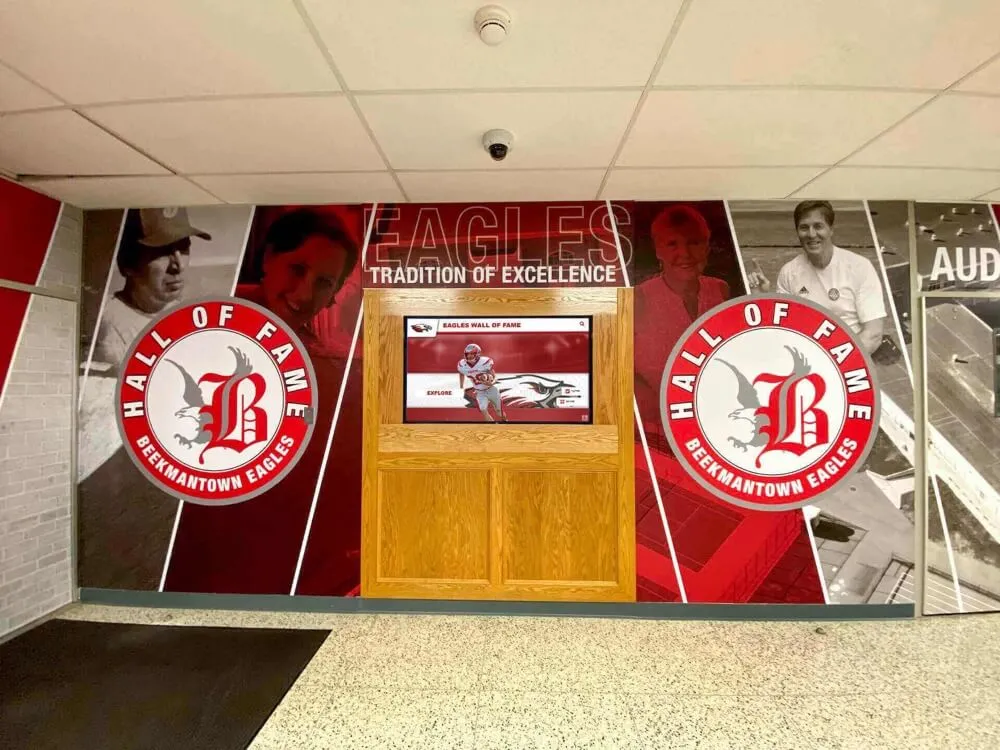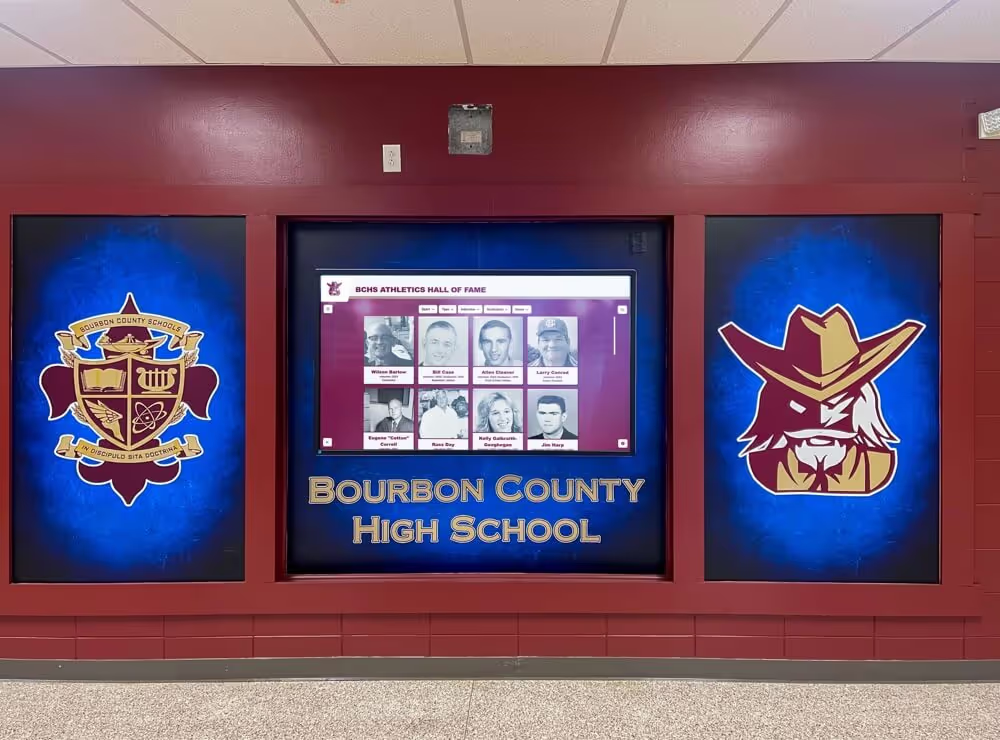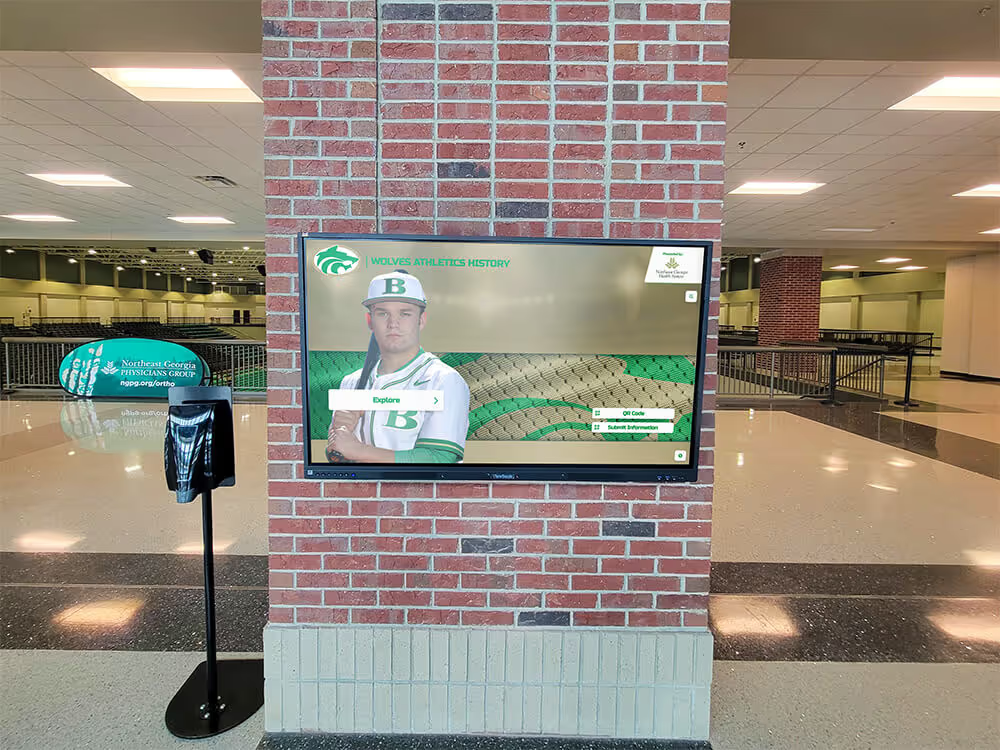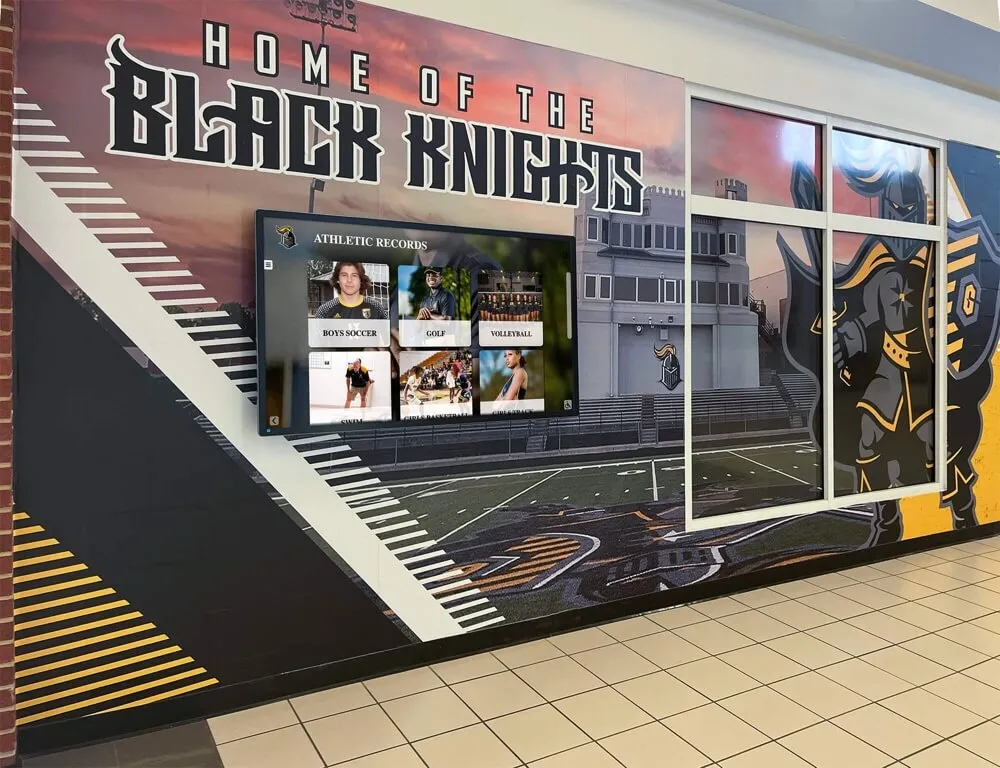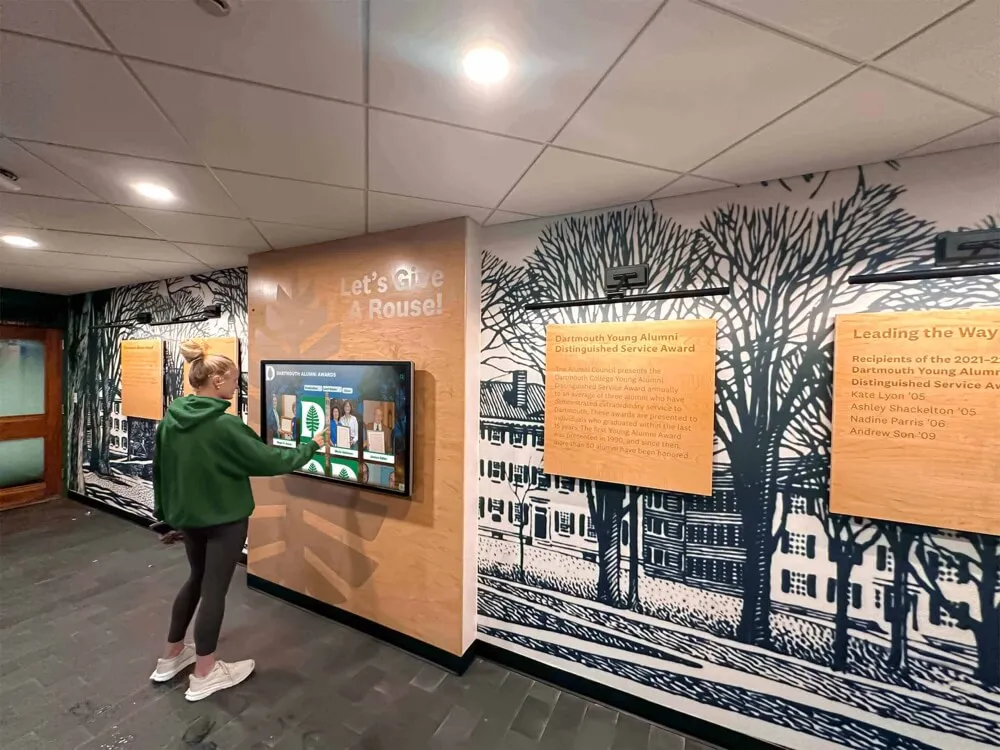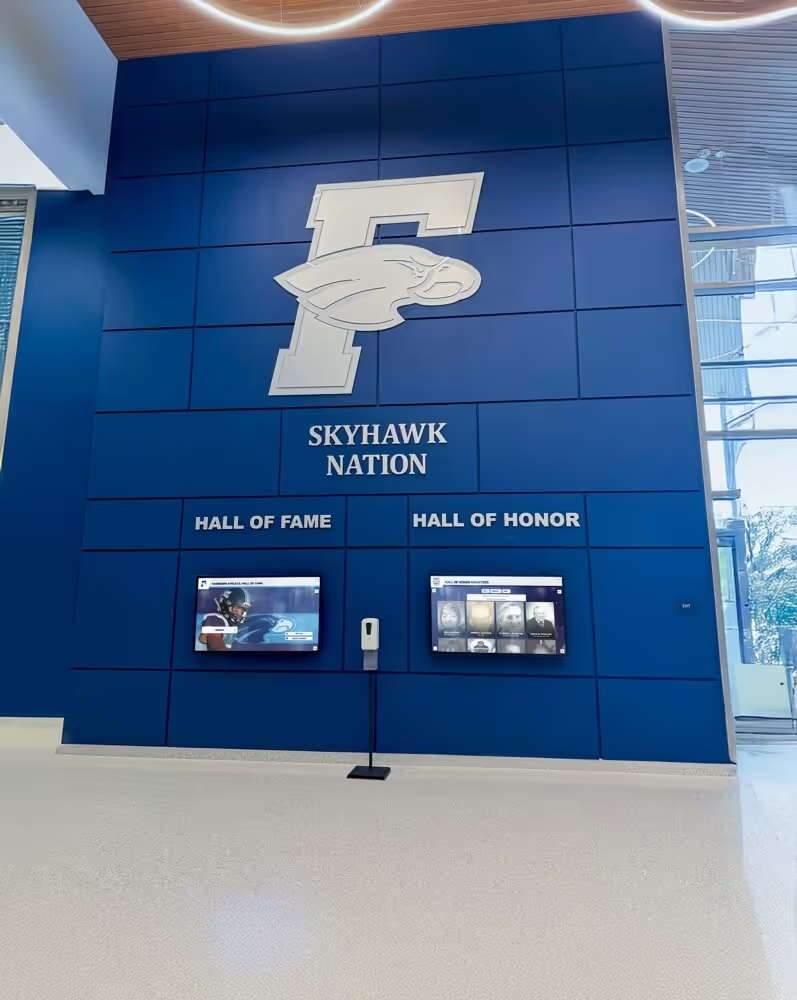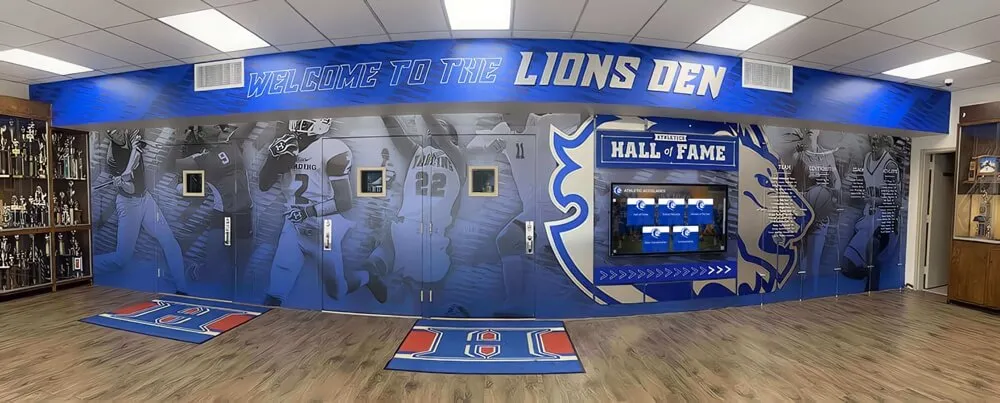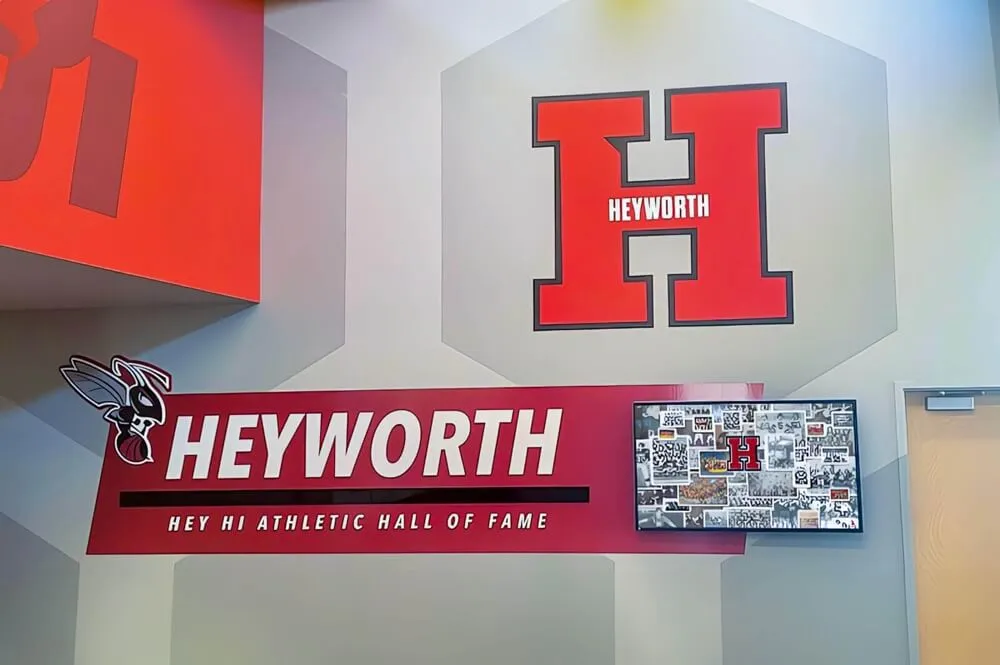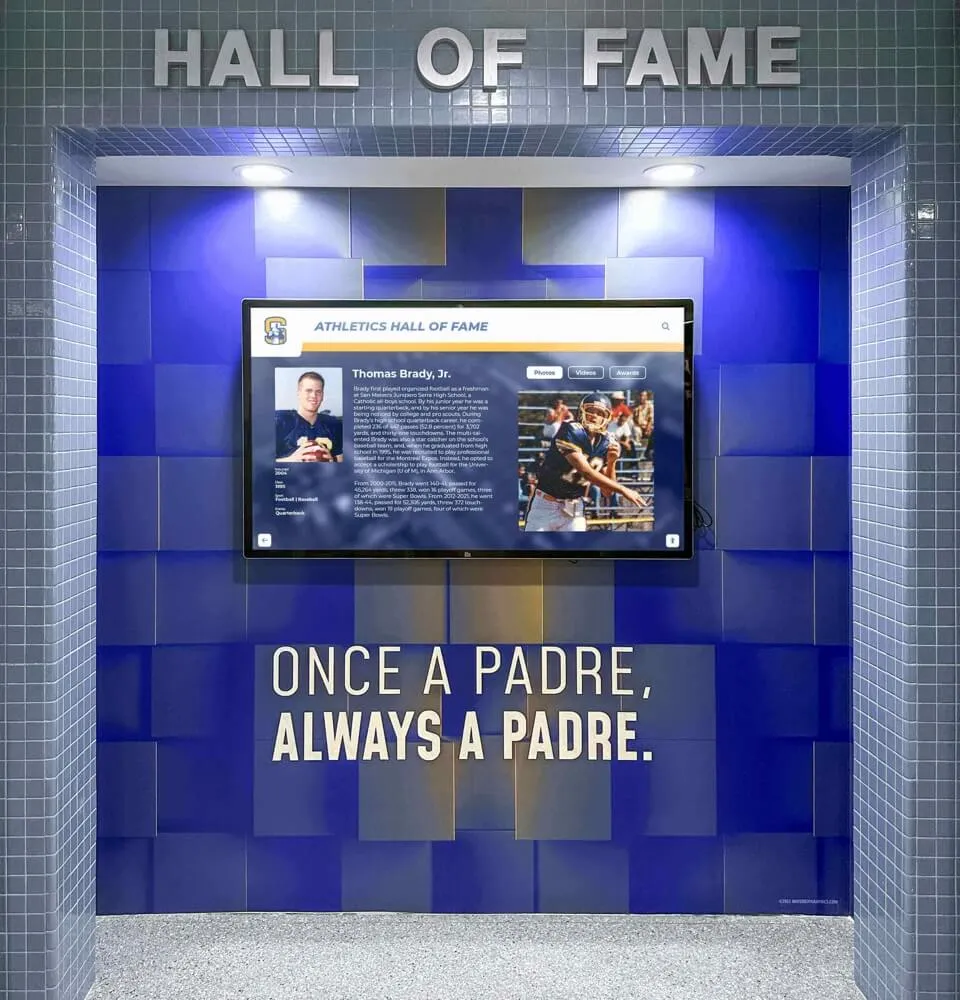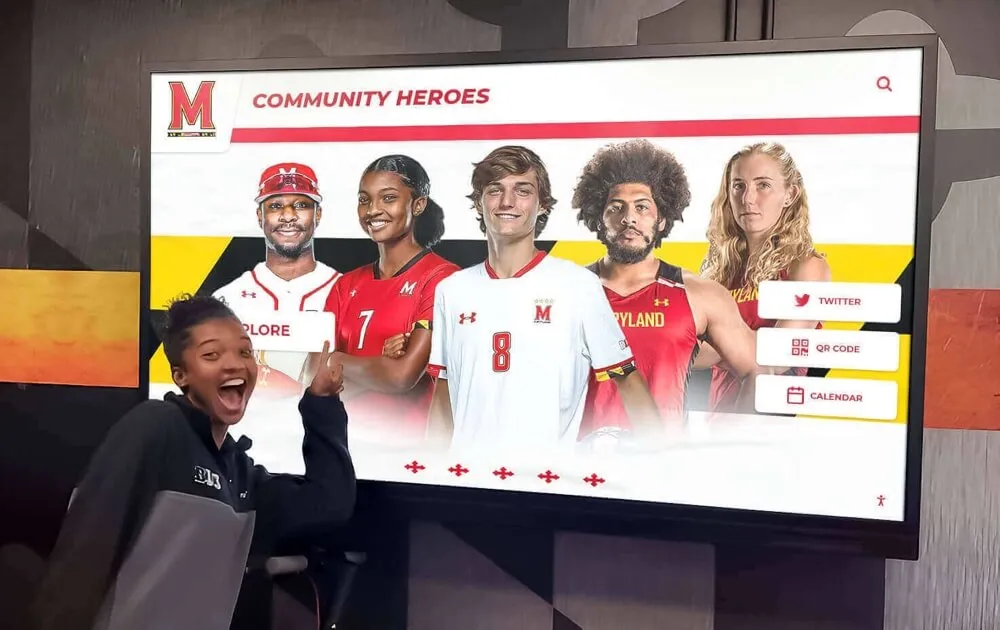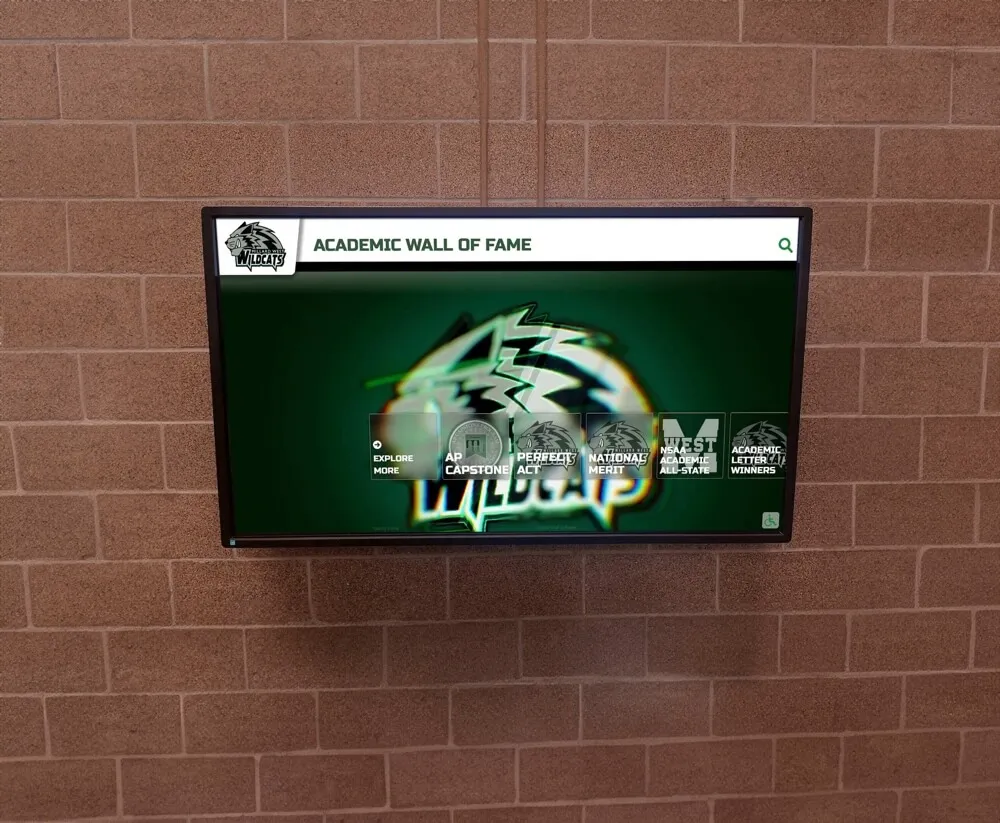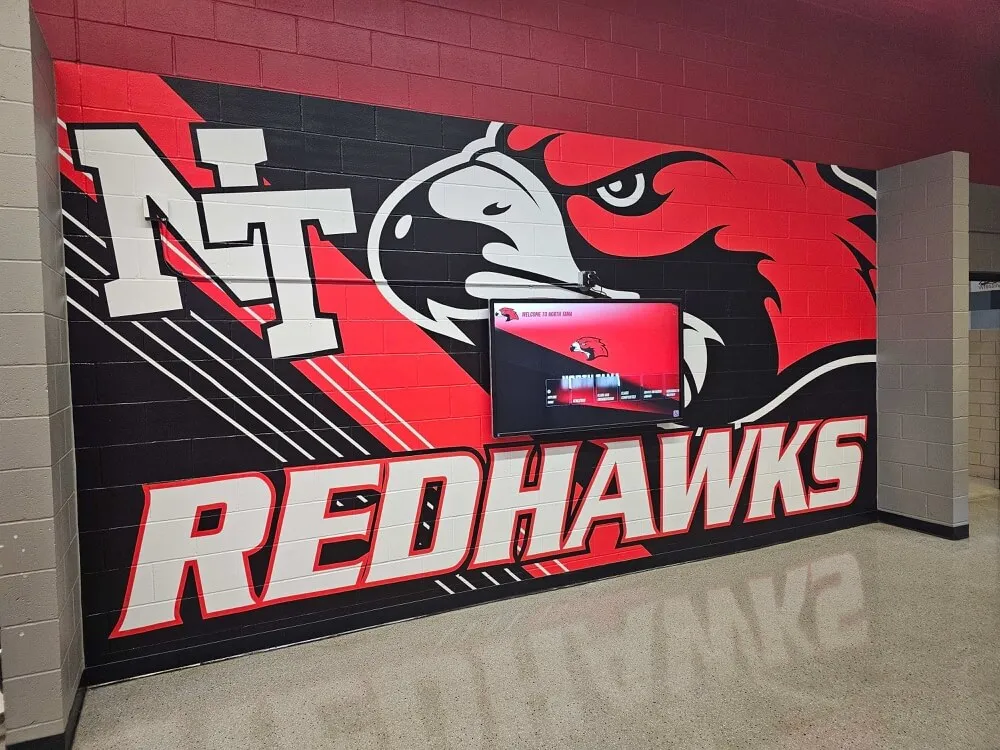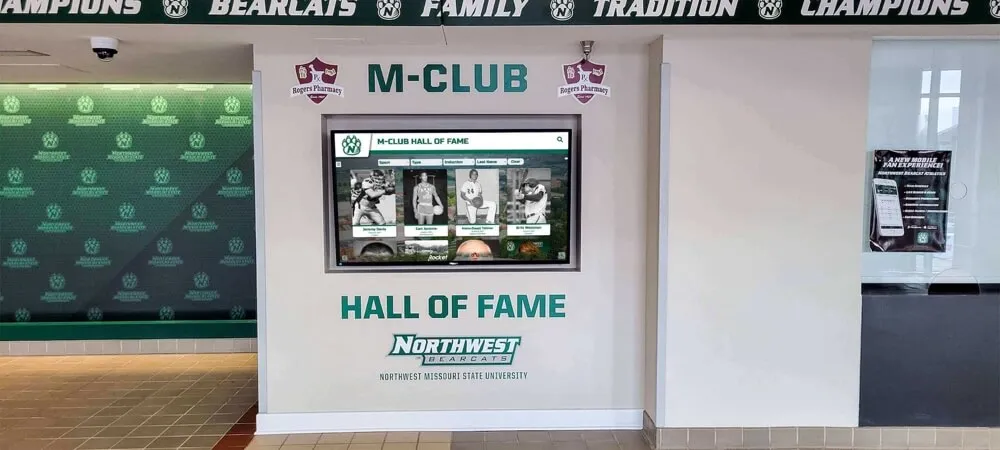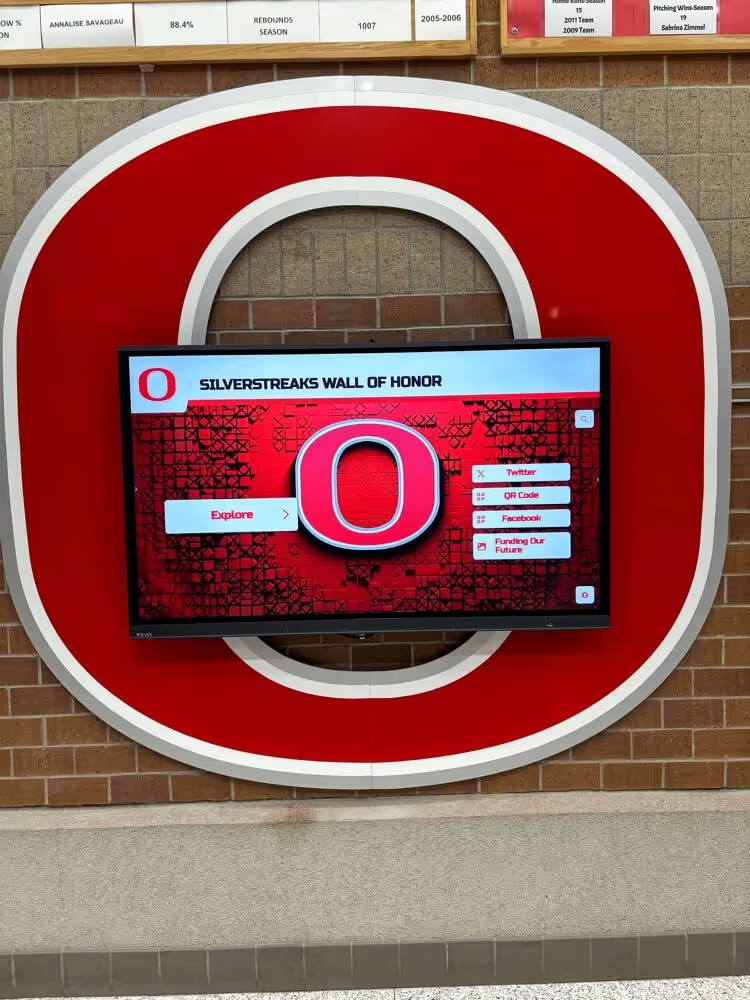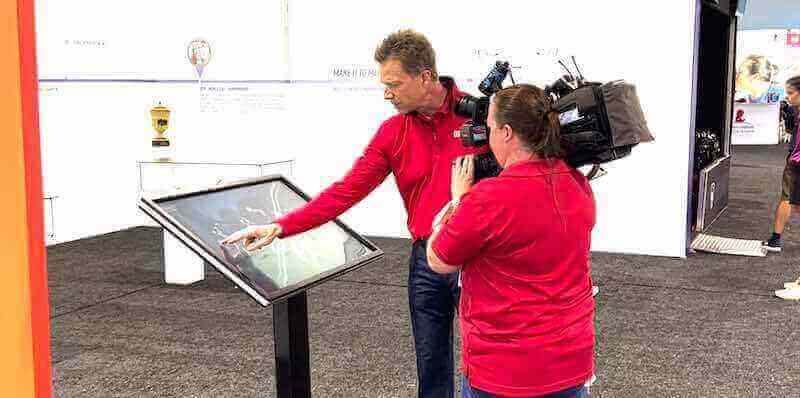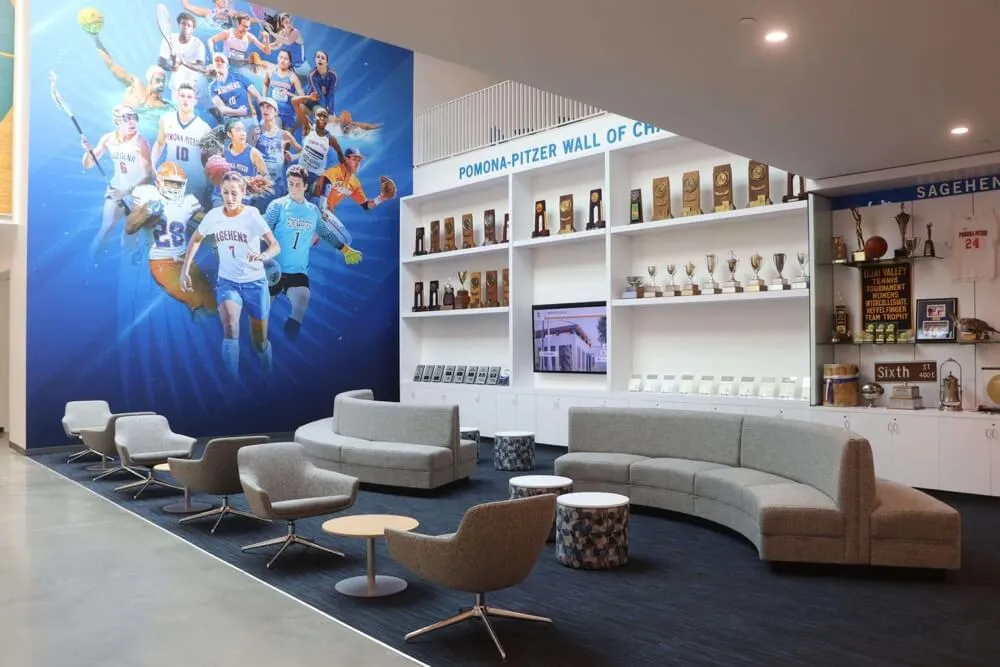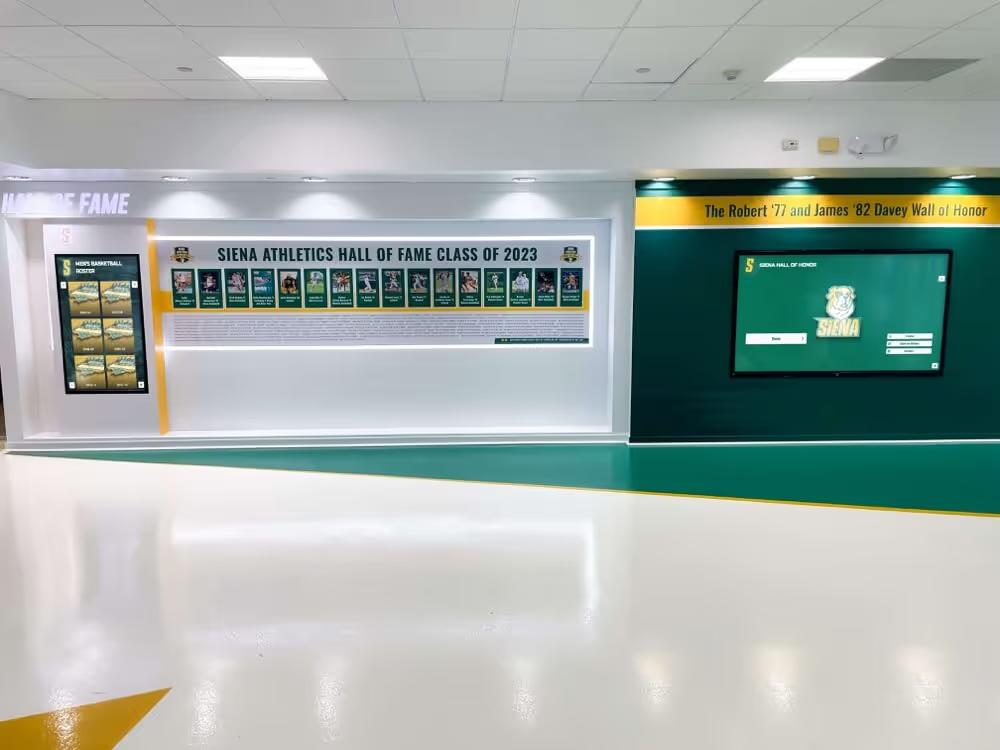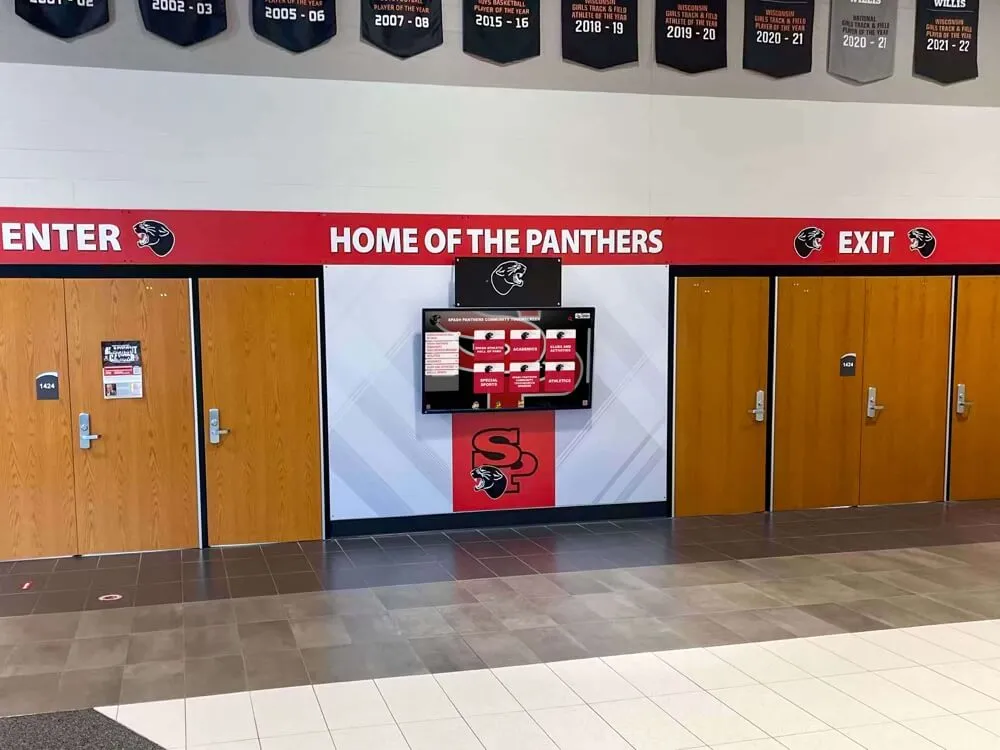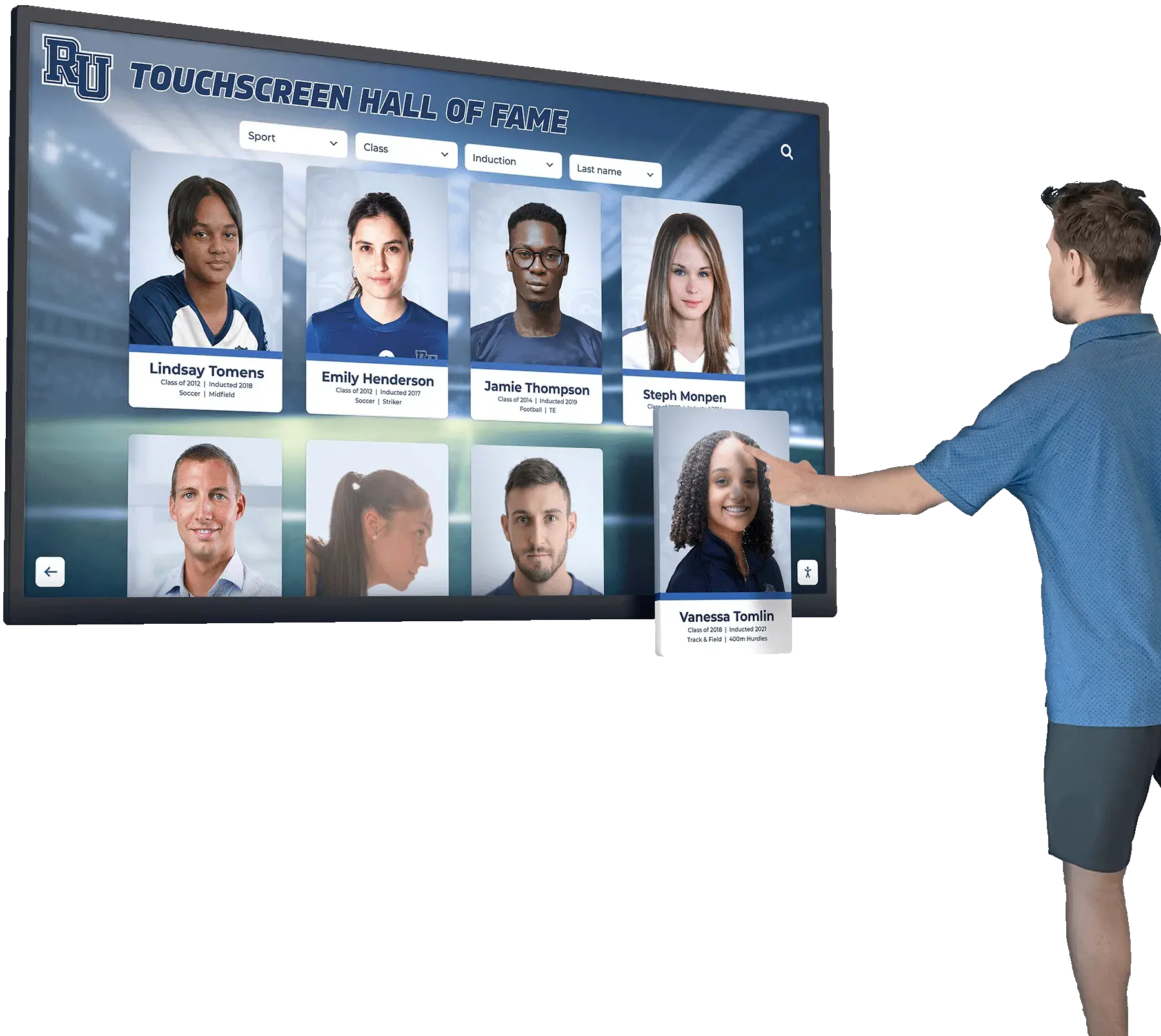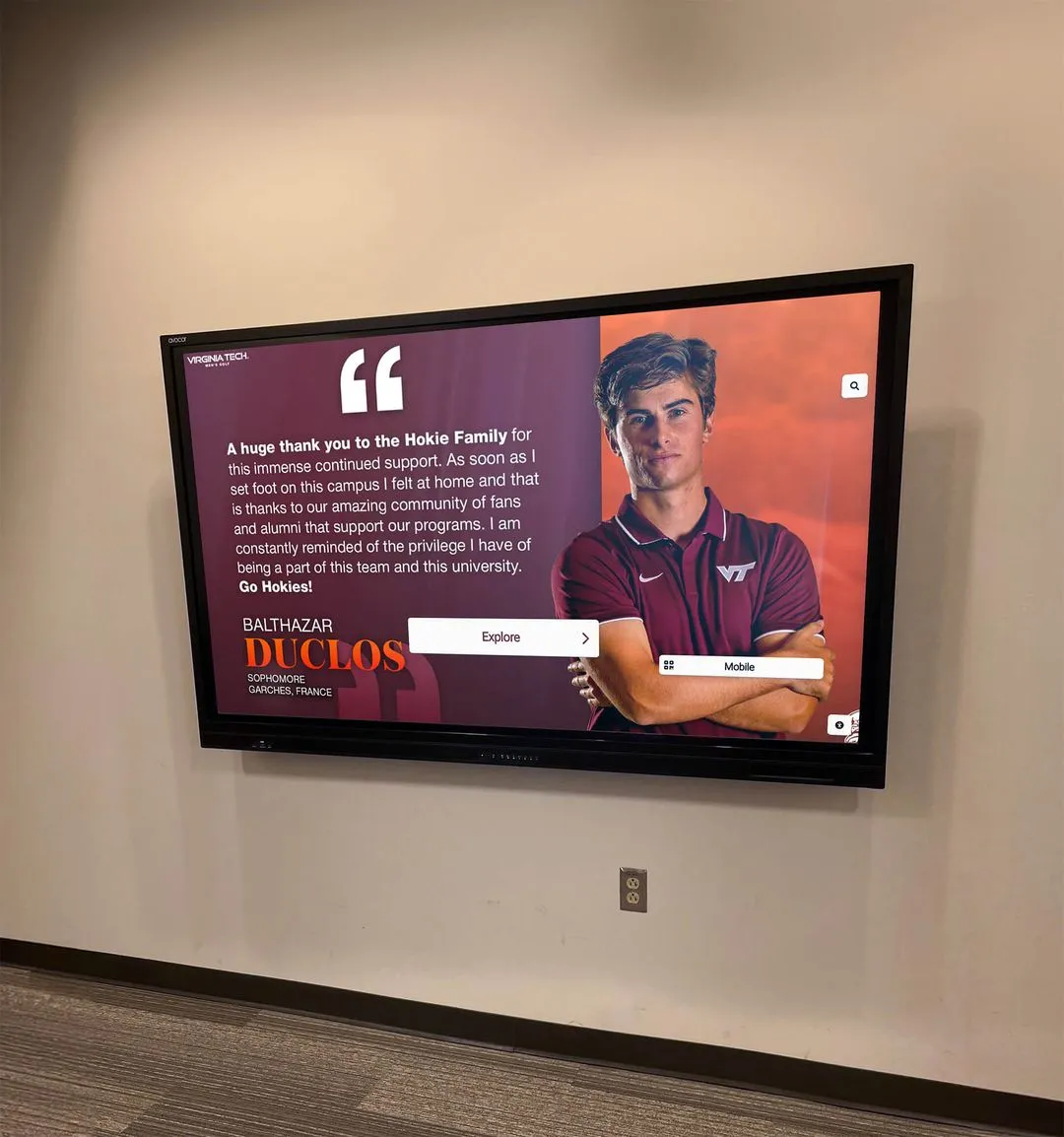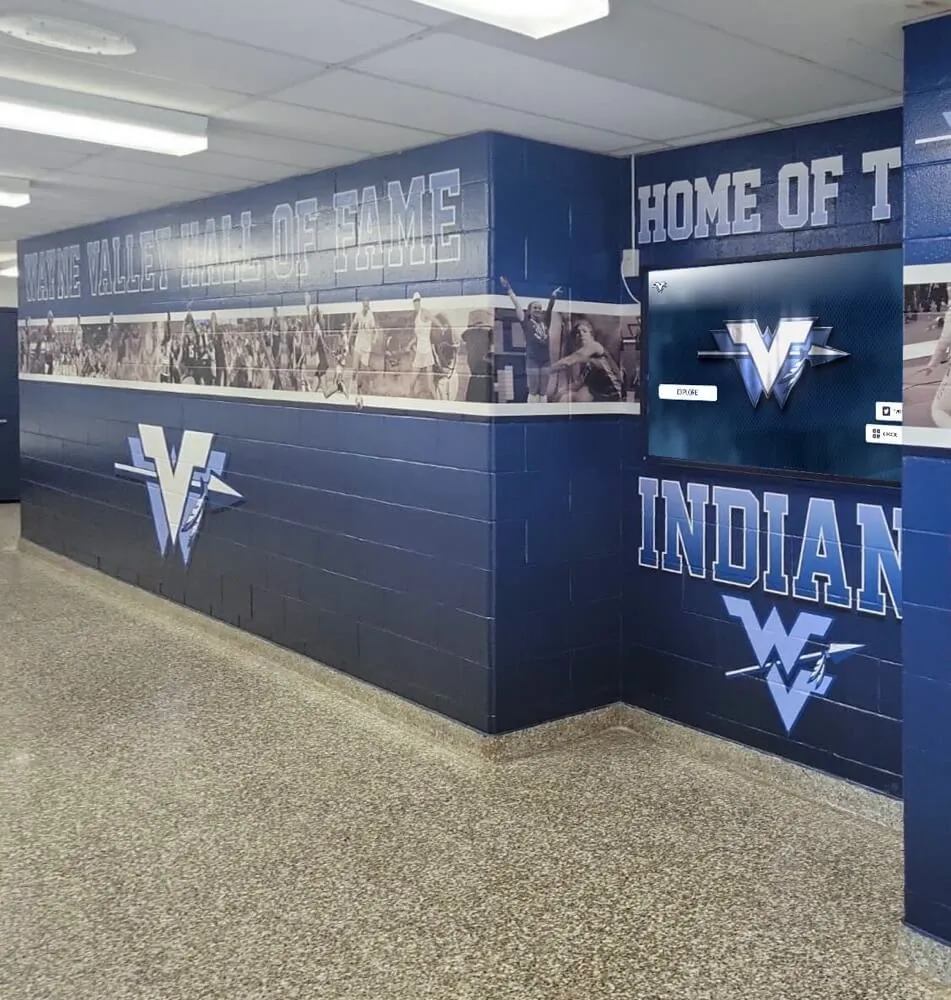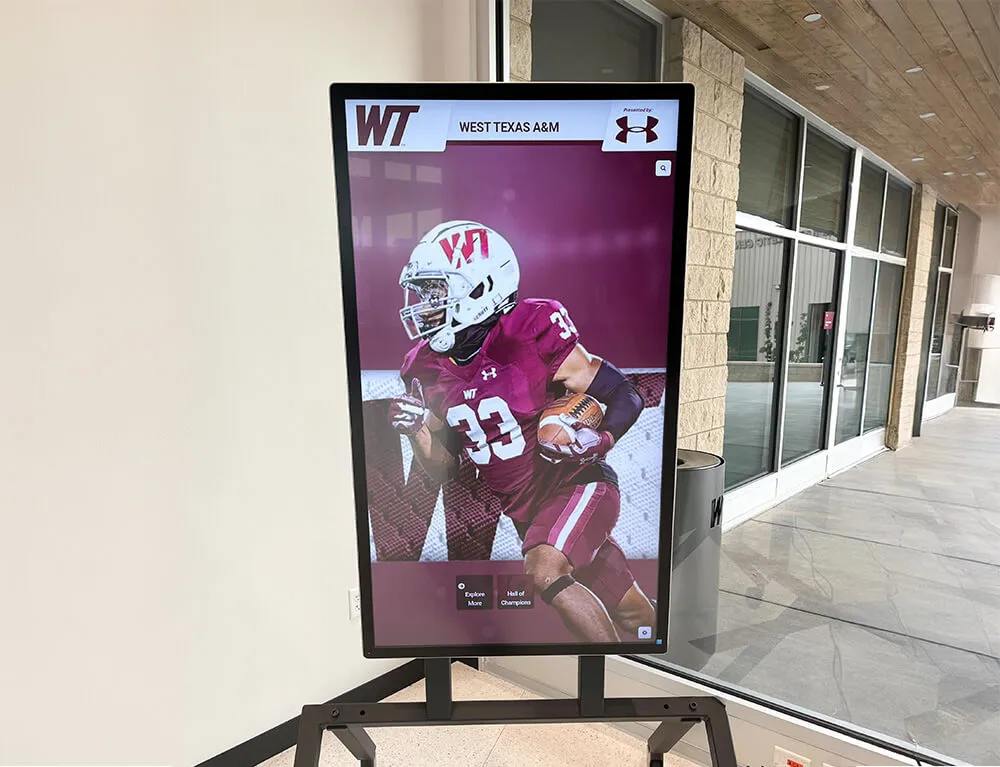Table of Contents
- Assessing Your Athletic Program’s Needs
- Understanding Budget Considerations
- Evaluating Different Record Board Technologies
- Facility Requirements and Space Planning
- Vendor Selection and Evaluation Criteria
- Implementation Planning and Timeline
Assessing Your Athletic Program's Needs
Selecting the right athletic record board system begins with a comprehensive assessment of your program's unique requirements, operational capabilities, and long-term objectives. This foundational analysis ensures your investment delivers maximum value and meets evolving recognition needs.
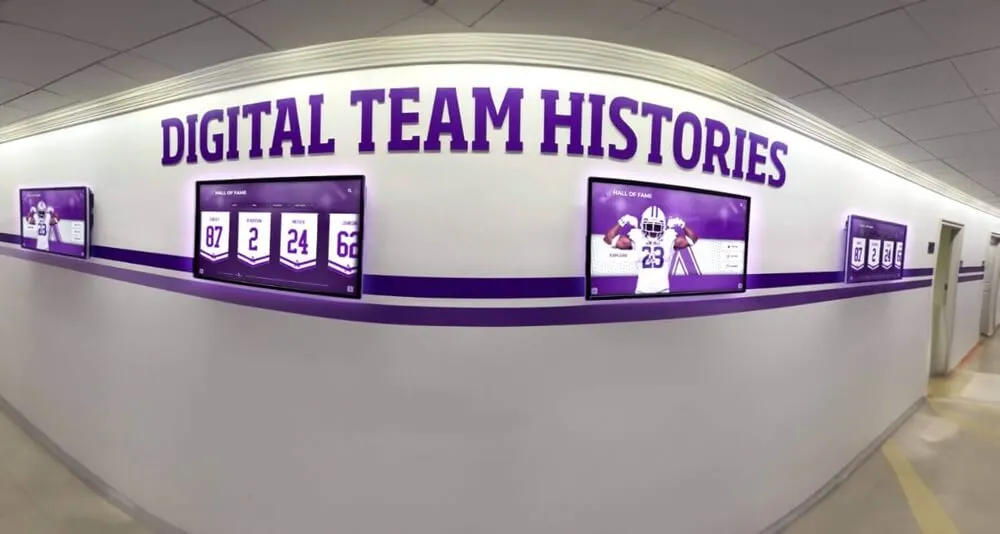
Comprehensive needs assessment ensures selection of record board systems that align with program goals and capabilities
The process of choosing athletic record boards has become increasingly complex as technology advances and options multiply. While traditional providers offer conventional slide-in and velcro systems, modern solutions from companies like Rocket Alumni Solutions provide enhanced capabilities that better serve contemporary athletic programs.
Program Size and Scope Analysis
Understanding your athletic program’s size and scope provides the foundation for record board selection:
- 🏫Number of Sports Programs
Consider varsity, JV, and freshman teams across all seasons to determine display requirements and update frequency.
- 👥Athlete Participation Levels
Higher participation rates typically mean more frequent record changes and greater recognition needs.
- 📊Historical Record Volume
Programs with extensive history require systems that can accommodate both legacy and current achievements.
- 📈Growth Projections
Consider future program expansion to ensure selected systems can scale with your needs.
Operational Capability Assessment
Evaluate your staff’s ability to manage different record board systems:
Staff Resources
- Available Personnel: Who will manage record updates and maintenance?
- Technical Skills: Current staff comfort with technology and digital systems
- Time Allocation: Hours available for record board management weekly
- Training Capacity: Ability to train new staff on system operations
Update Requirements
- Frequency: How often do records change during active seasons?
- Timing Needs: Requirements for immediate vs. scheduled updates
- Accuracy Standards: Error tolerance and correction procedures
- Approval Process: Who authorizes and verifies record changes?
Recognition Philosophy and Goals
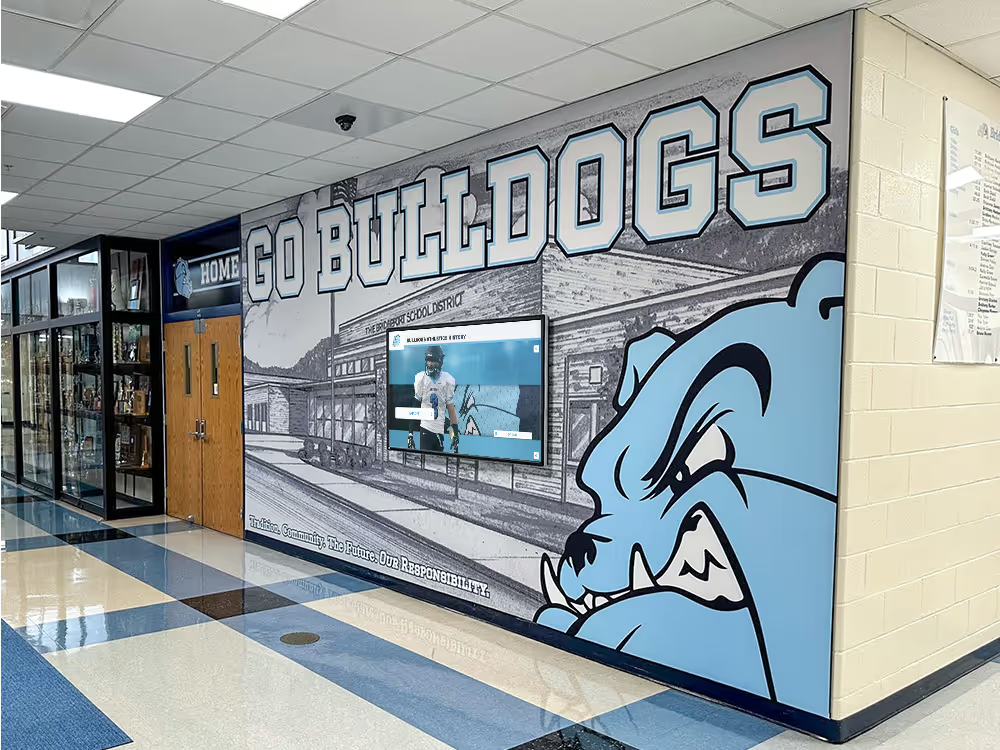
Recognition philosophy shapes record board selection and implementation strategies
Your program’s recognition philosophy significantly impacts record board selection:
- Immediate Recognition Priority
Programs emphasizing timely recognition benefit from systems with instant update capabilities - Comprehensive History Display
Systems must accommodate extensive historical records alongside current achievements - Multi-Level Recognition
Consider systems that can display varsity, JV, and freshman achievements appropriately - Interactive Engagement
Modern systems offer touchscreen and digital features for enhanced viewer engagement
Understanding Budget Considerations
Effective athletic record board selection requires comprehensive budget analysis that extends beyond initial purchase price to include total cost of ownership, operational expenses, and long-term value considerations.
Total Cost of Ownership Analysis
Understanding true costs helps make informed decisions about record board investments:
Comprehensive Budget Planning Worksheet
Initial Investment
- • Board purchase price
- • Installation costs
- • Design/artwork fees
- • Shipping/delivery
- • Site preparation
- • Electrical work (if needed)
Annual Operating
- • Update costs per change
- • Maintenance supplies
- • Staff time allocation
- • Vendor service fees
- • Software subscriptions
- • Warranty/support
Long-term Expenses
- • Component replacement
- • System upgrades
- • Expansion additions
- • Professional refinishing
- • Technology updates
- • Training costs
Budget-Based System Recommendations
Different budget ranges align with specific record board solutions:
Limited Budget ($2,000-$5,000)
- Traditional Options: Basic slide-in or laid-vinyl boards
- Limitations: High ongoing update costs, vendor dependency
- Hidden Costs: $1,000-3,000 annually for updates
- Better Alternative: Entry-level easy change systems provide lower TCO
Moderate Budget ($5,000-$15,000)
- Recommended: Professional easy change record boards
- Benefits: Self-managed updates, professional appearance
- ROI Timeline: Cost recovery within 2-3 years
- Expansion Ready: Modular systems that grow with programs
Substantial Budget ($15,000-$30,000)
- Optimal Choice: Digital touchscreen record boards
- Capabilities: Instant updates, multimedia content, analytics
- Efficiency Gains: 95% reduction in update time
- Enhanced Recognition: Interactive features engage viewers
Premium Budget ($30,000+)
- Enterprise Solutions: Facility-wide integrated systems
- Features: Multi-location synchronization, central management
- Integration: Connects with scoring and timing systems
- Future-Proof: Scalable architecture for program growth
Funding Strategies and Resources
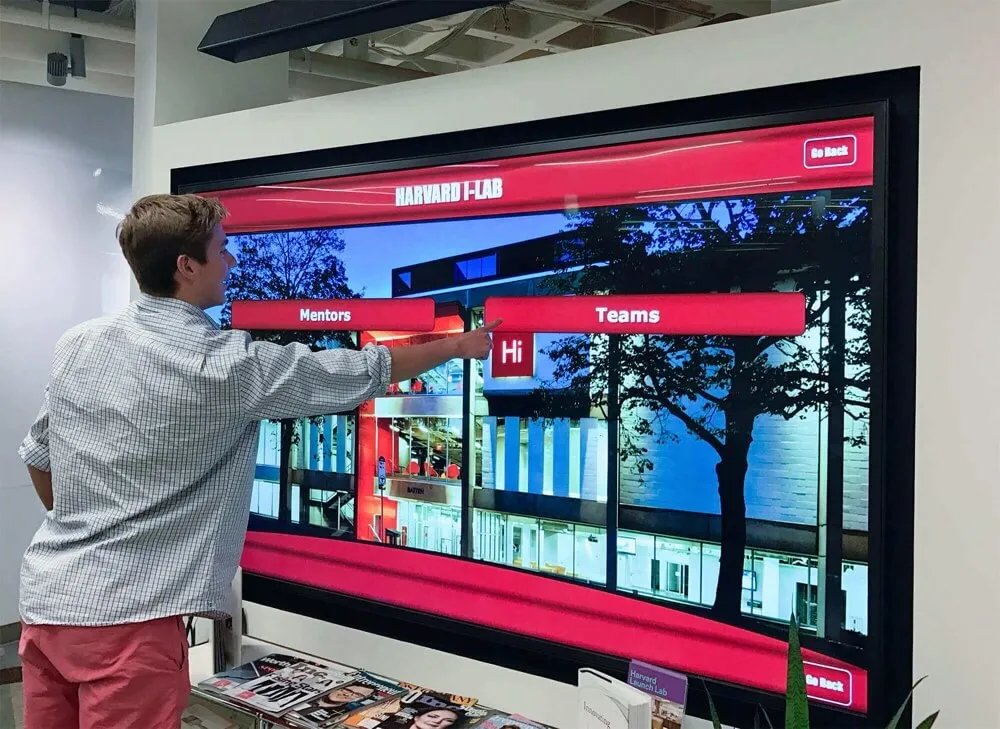
Strategic funding approaches make quality record board systems accessible to all programs
Creative funding approaches for athletic record board investments:
- Booster Club Partnerships: Engage athletic boosters with naming opportunities and recognition benefits
- Alumni Fundraising Campaigns: Connect record boards to alumni engagement and giving initiatives
- Corporate Sponsorships: Offer display naming rights or recognition areas to local businesses
- Grant Opportunities: Educational technology and athletic facility improvement grants often cover modern systems
Evaluating Different Record Board Technologies
The landscape of athletic record board technologies spans from traditional mechanical systems to advanced digital solutions. Understanding each technology's capabilities, limitations, and operational requirements enables informed selection decisions.
Traditional Mechanical Systems
Traditional record board systems still offered by other providers include several mechanical options:
Slide-In Systems
Acrylic-faced boards with slot mechanisms for record strips.
- Pros: Organized appearance
- Cons: Vendor dependency
- Updates: 2-3 week lead time
- Cost: $50-150 per update
Laid-Vinyl Boards
Adhesive vinyl strips applied over existing records.
- Pros: Weather resistant
- Cons: Visible layering
- Updates: Professional required
- Cost: $75-200 per update
Velcro Panel Systems
Large format panels with industrial fasteners.
- Pros: Large visibility
- Cons: Bulky updates
- Updates: Multi-person job
- Cost: $200-500 per panel
Modern Technology Solutions
Advanced record board technologies from providers like Rocket Alumni Solutions offer superior capabilities:
Easy Change Record Boards
- ✓ Self-Managed Updates: No vendor dependency or waiting
- ✓ Professional Quality: Premium materials and appearance
- ✓ Cost Effective: Eliminates per-update fees
- ✓ Flexible Design: Customizable to program needs
- ✓ Quick Installation: Updates complete in minutes
Digital Touchscreen Systems
- ✓ Instant Updates: Real-time record changes
- ✓ Interactive Features: Touch-enabled exploration
- ✓ Multimedia Content: Photos, videos, animations
- ✓ Remote Management: Update from anywhere
- ✓ Analytics Tracking: Engagement metrics
Technology Comparison Matrix

Technology selection impacts operational efficiency and long-term program success
Record Board Technology Feature Comparison
| Feature | Traditional | Easy Change | Digital |
|---|---|---|---|
| Update Speed | 2-3 weeks | < 1 hour | Instant |
| Update Cost | $50-500 | Materials only | $0 |
| Staff Required | Vendor + Staff | Internal Only | Anyone |
| Error Correction | Full replacement | Quick swap | Instant edit |
| Expansion | Major project | Modular add-on | Software update |
Facility Requirements and Space Planning
Successful athletic record board implementation requires careful consideration of facility characteristics, space constraints, and environmental factors. Proper planning ensures optimal visibility, accessibility, and long-term performance.
Space Assessment Guidelines
Evaluate your facility spaces for record board installation:
- Viewing Distance Analysis Measure typical viewer positions to determine optimal board size and text scaling
- Traffic Flow Patterns Identify high-traffic areas where record boards will receive maximum visibility
- Wall Structure Assessment Verify wall construction materials and load-bearing capacity for secure mounting
- Lighting Conditions Evaluate natural and artificial lighting to prevent glare and ensure readability
- Environmental Factors Consider temperature, humidity, and weather exposure for material selection
- Accessibility Requirements Ensure ADA compliance and easy access for updates and maintenance
Location-Specific Recommendations
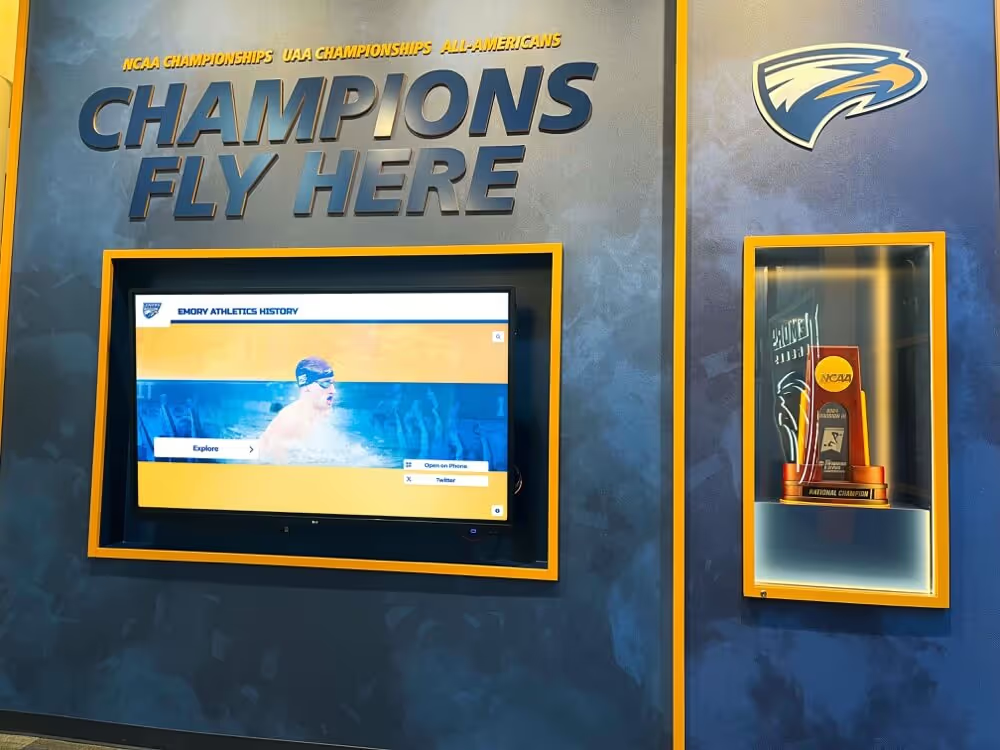
Strategic placement maximizes record board visibility and impact across athletic facilities
Different facility areas require specific record board considerations:
Optimal Record Board Solutions by Location
Vendor Selection and Evaluation Criteria
Choosing the right vendor for your athletic record board system significantly impacts project success, long-term satisfaction, and return on investment. Comprehensive vendor evaluation ensures partnership with providers who understand and support your program's needs.
Critical Vendor Evaluation Factors
When evaluating record board vendors, consider these essential criteria:
Product Quality & Innovation
- ✓ Material quality and durability standards
- ✓ Technology integration capabilities
- ✓ Design flexibility and customization options
- ✓ Update mechanism efficiency
- ✓ Future expansion compatibility
- ✓ Warranty coverage and terms
Service & Support Excellence
- ✓ Installation expertise and professionalism
- ✓ Training program comprehensiveness
- ✓ Ongoing technical support availability
- ✓ Response time for issues/questions
- ✓ Update service efficiency (if applicable)
- ✓ Long-term relationship approach
Vendor Comparison Framework
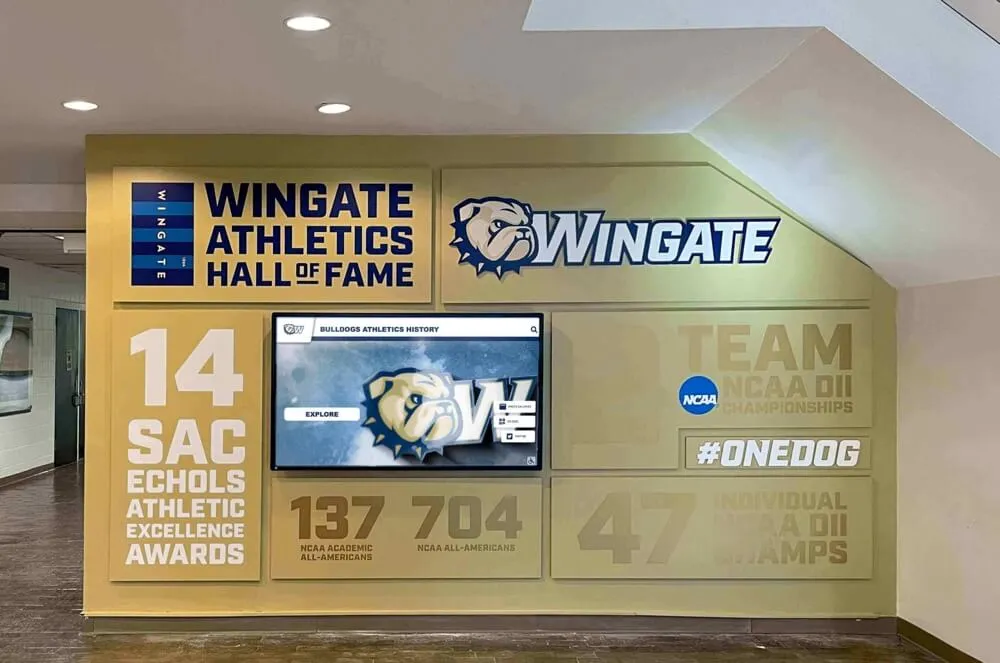
Thorough vendor evaluation ensures selection of partners who deliver long-term value
Use this framework to compare record board vendors objectively:
- 📊Total Cost Analysis
Compare 5-year total cost of ownership including all updates, maintenance, and hidden fees. Traditional vendors often have significant ongoing costs.
- 🏆Reference Quality
Contact multiple references to verify vendor claims. Ask about update processes, support quality, and overall satisfaction.
- 🔧Technology Approach
Evaluate whether vendors offer modern solutions or rely on outdated methods. Innovation indicates long-term viability.
Red Flags to Avoid
Be cautious of vendors exhibiting these characteristics:
- Hidden Fees
Unclear pricing, surprise charges, or escalating update costs not disclosed upfront - Limited Flexibility
Rigid systems that don't accommodate program growth or changing needs - Poor Communication
Slow response times, unclear answers, or difficulty reaching support - Outdated Technology
Reliance on methods unchanged for decades without innovation
Implementation Planning and Timeline
Successful athletic record board implementation requires strategic planning that coordinates stakeholders, manages timelines, and ensures smooth transition to new recognition systems. Proper planning minimizes disruption while maximizing program impact.
Implementation Phases
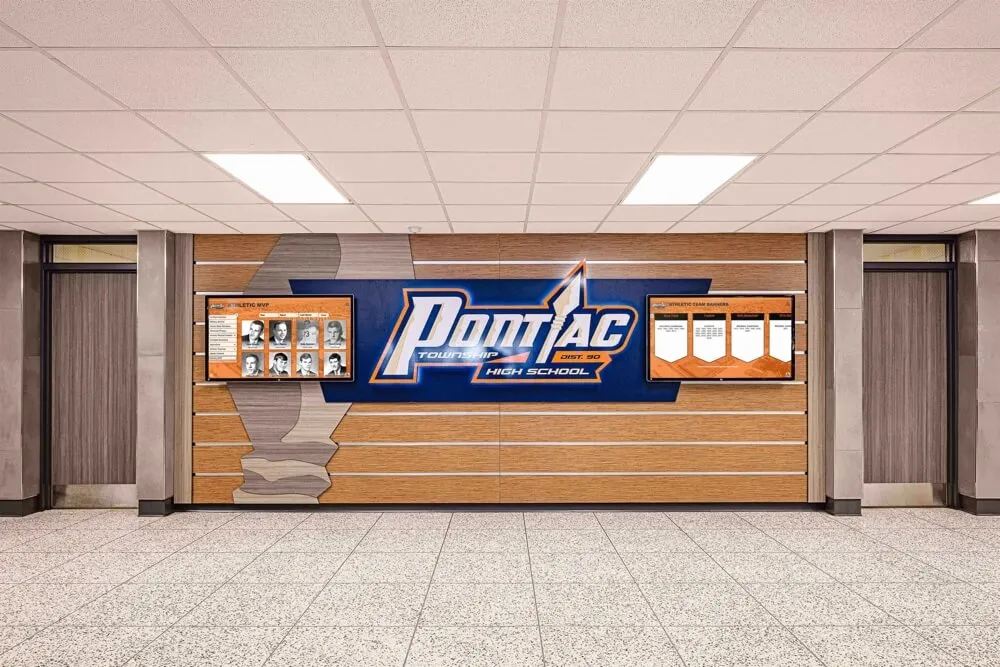
Phased implementation ensures smooth transition and stakeholder satisfaction
Structure your record board implementation in organized phases:
12-Week Implementation Timeline
Weeks 1-4: Planning
- ✓ Finalize vendor selection
- ✓ Complete design approval
- ✓ Secure funding/budget
- ✓ Coordinate stakeholders
- ✓ Schedule installation
Weeks 5-8: Preparation
- ✓ Site preparation work
- ✓ Content gathering/verification
- ✓ Staff role assignment
- ✓ Training schedule creation
- ✓ Material delivery coordination
Weeks 9-12: Launch
- ✓ Professional installation
- ✓ Staff training sessions
- ✓ Initial content loading
- ✓ Unveiling ceremony
- ✓ Ongoing support activation
Change Management Strategies
Successfully transitioning from old to new record board systems:
Stakeholder Engagement
- Coaches: Early involvement in design and record selection
- Athletes: Excitement building through progress updates
- Parents/Boosters: Recognition opportunities and funding involvement
- Administration: Regular updates on timeline and budget
Success Metrics
- Update Frequency: Track record update turnaround times
- Staff Satisfaction: Survey ease of use and time savings
- Athlete Engagement: Monitor recognition program participation
- Cost Savings: Document reduced operational expenses
Make the Right Choice for Your Athletic Program
Transform your athletic recognition with modern record board systems that deliver immediate updates, professional quality, and long-term value. Experience the difference that choosing the right technology makes for your program's success.
Selecting the right athletic record board system represents a critical decision that impacts your program for years to come. While traditional vendors continue offering conventional slide-in and velcro options, the evolution toward modern solutions reflects changing program needs and technological capabilities.
The comprehensive evaluation process—from needs assessment through vendor selection and implementation planning—ensures your investment delivers maximum value. Modern systems from providers like Rocket Alumni Solutions offer compelling advantages through self-managed updates, eliminated vendor dependencies, and enhanced recognition capabilities.
Athletic programs that invest time in proper selection and planning report dramatic improvements in operational efficiency, staff satisfaction, and athlete engagement. The ability to update records immediately, maintain professional quality without ongoing fees, and scale systems with program growth transforms athletic recognition from an administrative challenge into a powerful motivational tool.
For deeper insights into modern athletic recognition solutions, explore our analysis of digital vs traditional record boards and discover comprehensive implementation strategies that ensure long-term success.






